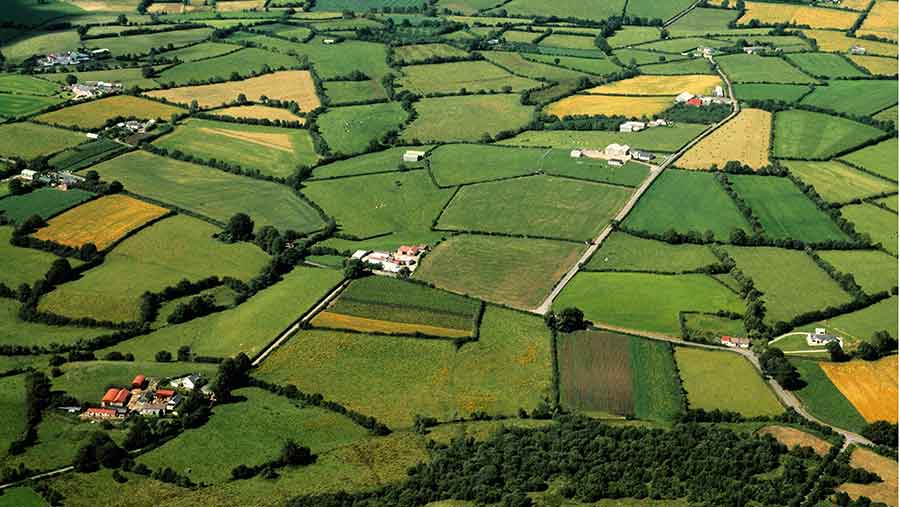Census shows 5% drop in NI farmworkers
 © Design Pics Inc/Rex/Shutterstock
© Design Pics Inc/Rex/Shutterstock Preliminary results from the June Census in Northern Ireland show a 5% fall in the number of full-time workers employed in the industry and a 2% fall in the number of farmers.
The results, released by the Department of Agriculture, Environment and Rural Affairs (Daera), suggest that farmers have sought to reduce costs during the current downturn by cutting back on full-time farmworkers and filling the gap with family labour.
The number of full-time workers fell by 200 taking levels to 3,300, but there was an equivalent increase in the number of spouses working on farms on a part-time basis.
See also: Farmworkers in NI to get 2% payrise
There was also a marginal increase in the number of part-time workers, who rose by 2%.
Overall, the size of the agricultural labour force decreased by 1% from the previous year to 47,400.
Other main changes between June 2015 and June 2016 include:
Cereals: The area of cereals grown increased by 2% to 33,600 ha with winter wheat, winter barley and oats all increasing in 2016. Spring barley fell by 3% but still remains the most popular cereal crop.
Forage crops: The area of arable crop silage fell by 5% to 3,100 ha, whereas, the area of forage maize fell by 8% to 1,400ha. This fall in the forage maize area continues a downward trend that began in 2008 when 3,500ha was grown.
Potatoes: The area of potatoes increased by 4% to 3,700ha, a slight recovery from 2015, which had the lowest area ever recorded for the crop.
Dairy cattle: The number of dairy cows reached an all-time high after increasing by 2% to 317,100 head.
Sheep: Sheep numbers exceeded two million, which is the first time they have been at that level since 2007.
Pigs: Sow numbers increased by 2% to 39,100, whereas, the overall pig herd was 4% larger.
Poultry: Laying birds recorded on 1 June 2016 increased by 20% to 3.8 million birds while broiler poultry numbers increased by 4% at that date.
